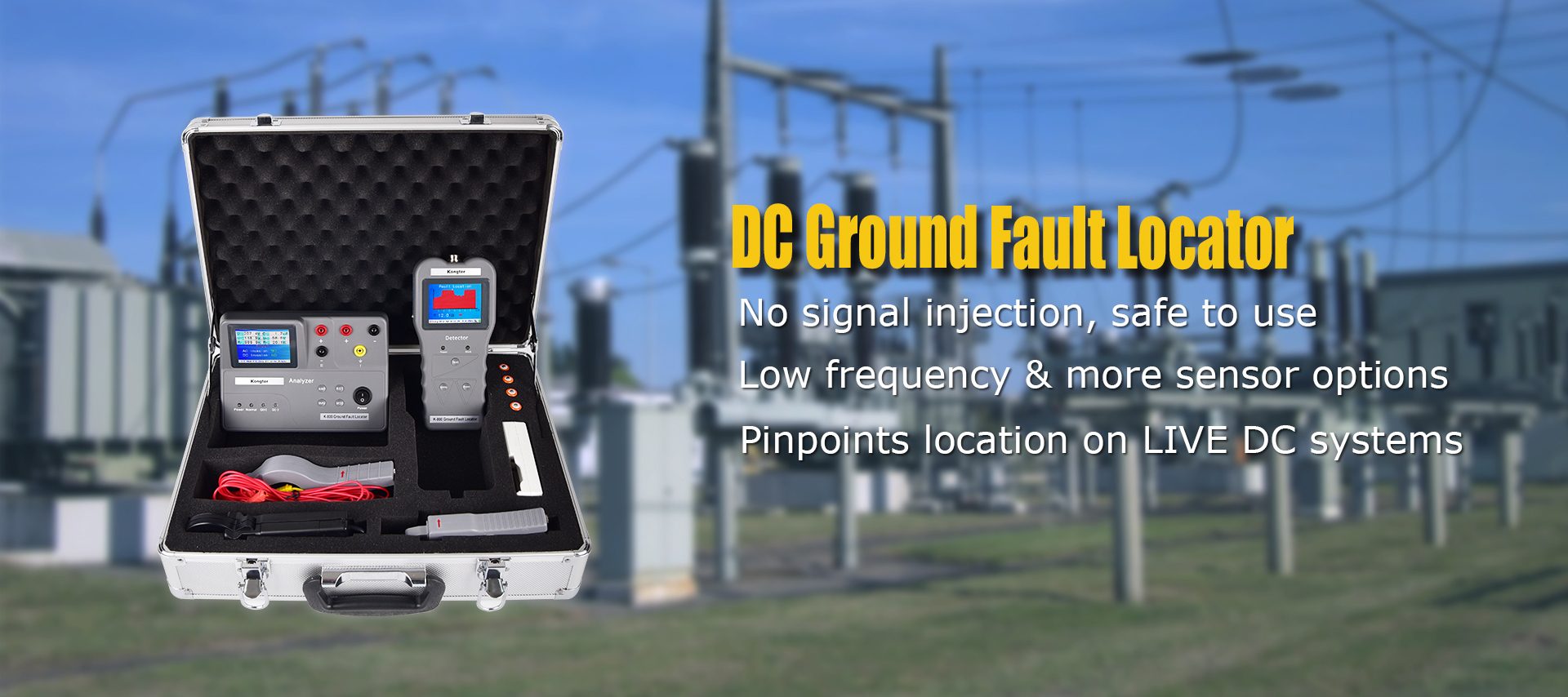
What is DC ground fault?
DC power systems and stationary battery in switchgear and control applications are typically designed and operated as ungrounded systems which means that there is no intentional low resistance or solid connection to ground from either the positive polarity or negative polarity of the dc system. Ground faults happen when a current-carrying conductor makes unwanted contact with an equipment grounding conductor, or any piece of metal that is grounded. This can occur through damaged conductor insulation or with improper installation. This is a potentially dangerous situation,
What are the causes of DC ground fault?
DC system grounds can result when a conduction path is formed from either the positive polarity of the system to earth ground or the negative polarity to earth ground. Some common sources of low resistances to ground include:
- Moisture in conduit
- Junction boxes or switch/sensor terminations
- Wire splices soaking in water
- Degraded cable or wire insulation caused by aging
- Environmental conditions
- Wild habitat and constant abrasion from vibration
- Sharp objects piercing cable and wire insulation
- Wires that have pulled out of their terminations and touch ground or water
- Failed capacitors or semiconductor surge suppressors.
In generating stations and electric utility substations, water tends to be the greatest contributor to dc system grounds. Water will often form a bond between the exposed conductor and earth ground. As a result, the emergence of dc system grounds often tends to increase during rainy seasons.
Commercial ground detection systems associated with the dc system can also be a source of resistance to ground. A dc power system equipped with a ground detection system that has a continuous reference to earth ground will always present a ground of some resistance on the dc system.
DC system grounds do not only occur in the field or at the connected loads. They can also occur on the battery itself. Cracks in cell containers, jar-to-cover seal leaks, terminal post seal leaks, dripping of electrolyte from maintenance activities such as specific gravity measurements of flooded lead-acid cells, moving of cells during installation or replacement, and watering of flooded cells or rehydration of VRLA cells can result in a conductive path being established from the battery to the grounded battery rack.
Bad consequences of DC ground fault
Bad consequences may include:
- Over-heating
- Auto shut down of power
- Equipments fail to work
- Damage of equipment
- Burning and more serious result
Multiple grounds can occur on the dc system at the same time. This situation becomes critical when the combined ground resistance becomes so low that high-voltage circuit breaker control schemes are unable to open or close breakers when required or dc system circuit breakers and or fuses open due to over current resulting in de-energization of vital operating equipment.
The ground path resistance may be low enough to energize the relay coil depending on the resistance of the relay coil, causing a mis-operation of the associated equipment, perhaps a high voltage circuit breaker.
The floating from ground dc system and connected loads can operate normally with a single ground regardless of the resistance of the ground. However, if this ground resistance is small enough and a second ground that is approaching zero ohms (solid ground) appears, sufficient current may be available to inadvertently energize a relay coil that is in the de-energized state in normal operations or prevent an already energized relay from de-energizing when it is called upon to de-energize.
Elimination of ground fault
Quick elimination is very essential in preventative measurement for your critical power systems before the ground fault problems become bigger. Kongter offers different models of ground fault locators for fast and effective elimination of dc ground fault. For details, you could refer to Here for the latest model of Kongter’s ground fault locators.
